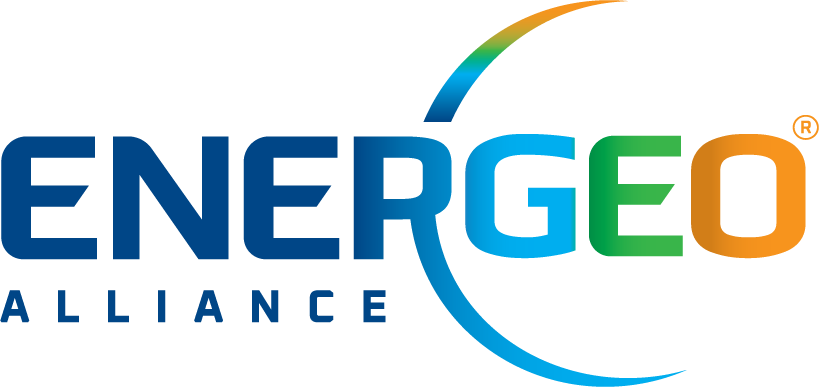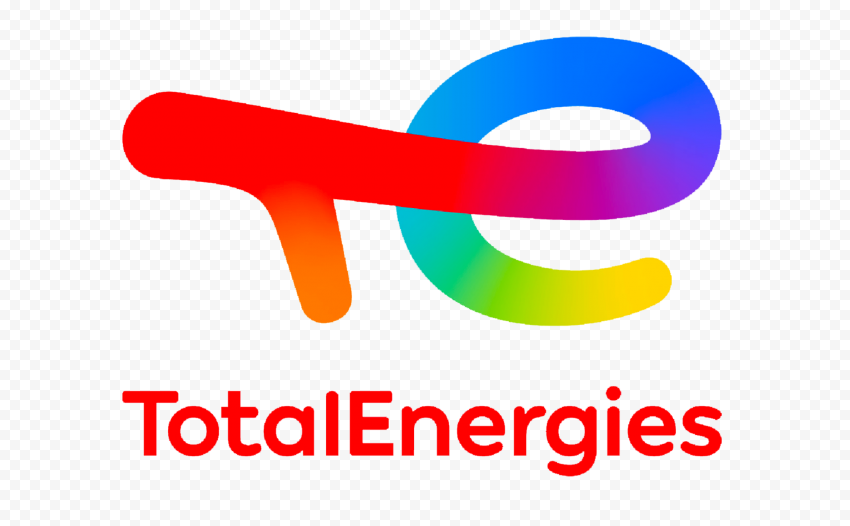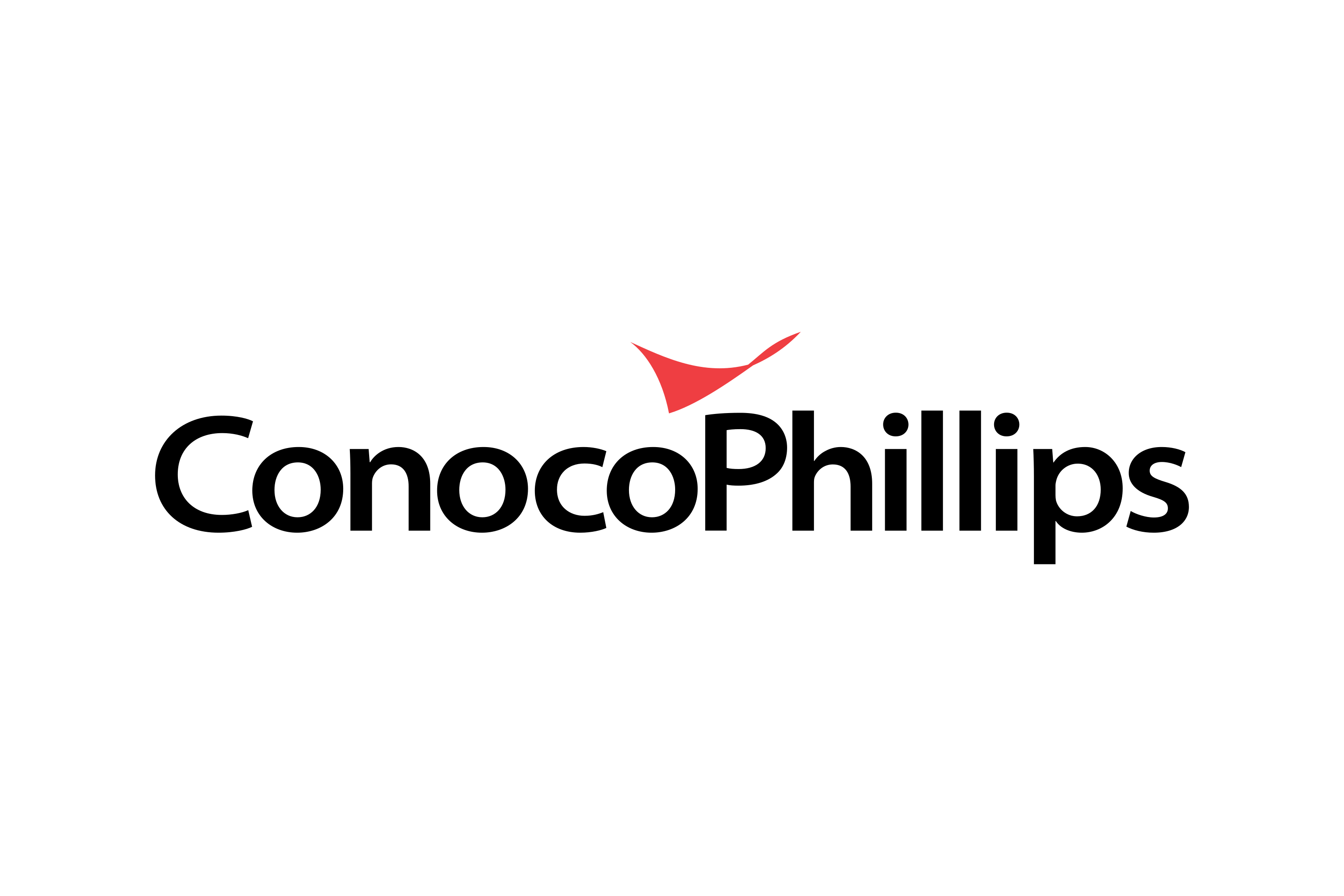Members
The JIP for Sound and Marine was set up in 2006 under the auspices of the International Association of Oil and Gas Producers (IOGP) to identify and conduct a research programme that improves understanding of the potential impact of Exploration and Production (E&P) sound on marine life.
Current Members
Past Members
Related
-
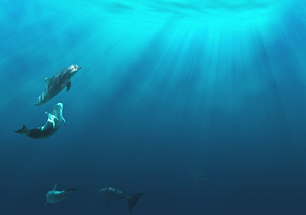
Policies
The JIP Members have developed a series of positions and policies that underpin its commitment to openness. Companies and institutes accepting an award from the JIP, through an IOGP Contract, agree with these policies and implement them in the work they carry out on behalf of the JIP.
-
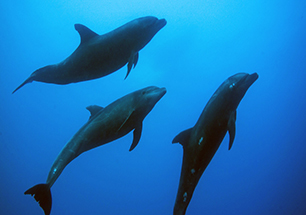
How Projects Are Awarded
Support is usually given in the form of contracts, not grants. Contracts ensure that projects supported will focus on an agreed topic and that the results will be made available to the scientific and regulatory communities and the public on an agreed schedule.
Research Partners & Advisors
The Programme has awarded more than 70 contracts for studies and or associated support activities from 2006 to the present. Our research partners include:
-
Sound Source Characterisation and Propagation
- Fairfield Industries Phase II Sugar Land, Texas, USA Charter of the FAIRFIELD ENDEAVOR for deployment of an air gun array used in source measurements in 2007.
- Equipment and Technical Services Phase II Houston Texas, USA Positioning services for EARS buoys during collection of source measurements of an air gun array.
- University of Southern Mississippi Phase II USA Deployment and retrieval of EARS buoys used to collect source measurements of an air gun array.
- Partner Name: University of Lafayette Phase II Louisiana, USA Analysis of data collected during source measurements of an air gun array. Natalia Sidorovskaya
- Specialty Devices, Inc Phase II Texas, USA Computation of hydrophone positions on the SCS07 mooring arrays using 3-D finite element hydrodynamic modelling. Paul Higley
- PGS Geophysical Phase II,Phase IIe Laysaker, Norway Creation of an experimental range, measurement of the output of single air guns, and analysis of resultant data. Anders Mattssen
- GeoSpectrum Technologies, Inc Phase II Nova Scotia, Canada Implementation of Particle Velocity Sensors at the Hjørundfjord Range for single air gun measurements. Paul Yeatman
- Noise Control Engineering Phase II Billerica, Massachusetts, USA Noise Control Technologies capable of reducing underwater sound production (noise attenuation technology and methods). Jesse Spence
- Seiche Measurements Ltd Phase II Torrington, UK Review of existing data on underwater sounds produced by industry. Roy Wyatt
- JASCO Applied Sciences Phase II Nova Scotia, Canada Review of Acoustic Acquisition Metrics and Development of Acoustic Acquisition Methodology Report for the OGP. Scott Carr
- JASCO Applied Sciences and Marine Acoustics Inc Phase II Standardisation of metrics & acoustics workshops.
- LGL Ltd Phase II Sidney, British Columbia, Canada Environmental assessment of marine vibroseis technology. Michelle Gilders
- University of New Orleans Phase II Louisiana, USA Analysis of data collected during source measurements of an air gun array. George Ioup
- G Geophysics LLC Phase II Los Angeles, USA Using airgun array shot travel-times to refine navigation data for hydrophone positions in SCS07. Carlos Guzman
- Maritime Way Scientific Ltd Phase II Ontario, Canada Propagation modelling Martin Taillefer
-
Physical and physiological effects and hearing
- Aquatic Mammals Phase II University of Western Illinois, USA Publication of a special issue of AQUATIC MAMMALS [Vol. 33(1) 2007] on methods for measuring Auditory Evoked Potentials (also see http://www.aquaticmammalsjournal.org). Jeanette Thomas, Editor
- University of California Phase II Santa Cruz, USA Technical oversight of study into Temporary Threshold Shift in dolphins. Colleen Reichmuth
- University of California Phase II Santa Cruz, USA A white paper entitled: “Mysticete Hearing: A Research Strategy”. Colleen Reichmuth
- Scripps Institution of Oceanography Phase II California, USA Blood nitrogen uptake and distribution in diving bottlenose dolphins (the “Bends” hypothesis). Paul Ponganis
- Woods Hole Oceanographic Institution Phase II USA Anatomical model of hearing in the minke whale (see http://www.whoi.edu). Darlene Ketten, and Boston University, USA, David Mountain
- University of Southern Denmark Phase II Live capture and measurement of hearing ability in the minke whale off Iceland. Lee Miller, and University of Hawaii, Paul Nachtigall
- Environmental BioAcoustics, LLC Phase II Maryland, USA An experimental design for measuring tissue injury in fish exposed to air gun shots. Art Popper
- Pennsylvania State University Phase II USA A biomechanical numerical model for predicting the onset of auditory tissue damage in different species of fish Mardi Hastings
- Virginia Wesleyan University Phase II USA Hearing ability in three life stages of the loggerhead sea turtle. Soraya Bartol
- SPAWAR Laboratory Phase II San Diego, California, USA Temporary Threshold Shift in dolphins exposed to multiple air gun shots. James Finneran
- Long Marine Laboratory Phase II University of California, Santa Cruz Airgun effects on Arctic seals: auditory detection, masking, and temporary threshold shift. Colleen Reichmuth and SEA Inc, Brandon Southall
-
Behavioural reactions and biological significant effects
- Marine Acoustics, Inc Phase II Arlington Virginia, USA Behavioural responses of beaked whales to naval sonar, seismic air guns, and other sound stimuli. (Co-funded with ONR and US Navy).
- University of Queensland Phase II Australia Controlled Exposure Experiments to examine the effects of seismic airgun arrays on Humpback whales – workshop and project preparation. Michael Noad, and Curtin University of Technology, Australia, Robert McCauley
- Sea Mammal Research Unit Phase II St. Andrews University, UK Cetacean population trends in relation to industry Exploration and Production sound. Nicola Quick
- Centre for Environment, Fisheries, and Aquaculture Science (CEFAS) Phase II Lowestoft, UK Cetacean population trends in relation to industry Exploration and Production sound. Frank Thomsen
- LGL, Ltd Phase II Sidney, British Columbia, Canada Cetacean population trends in relation to industry Exploration and Production sound. Michelle Gilders
- Nova Southeastern University Phase II Florida, USA Critical review of the literature on marine mammal population modelling. Edward Keith
- University of St Andrews Phase II UK Critical Review of the literature on marine mammal and fish population modelling. John Harwood
- Florida State University Research Foundation Phase II Tallahassee, Florida, USA A review of literature to estimate PCAD-related transfer functions. Douglas Nowacek, and Murdoch University, Western Australia, Lars Bejder
- Long Marine Laboratory Phase II University of California, Santa Cruz, USA Relating behaviour and life functions to populations level effects in marine mammals; an empirical & modelling effort to develop the PCAD model; Use of electronic tag data and analytical tools to identify and predict habitat utilization of marine mammals in a risk assessment framework. Daniel Costa
- LGL, Ltd Phase II Sidney, British Columbia, Canada Application of Risk Assessment for evaluating the effects of sound on marine life. Michelle Gilders
- Scripps Institution of Oceanography Phase II California, USA Testing of potential alerting responses on tagged sperm and humpback whales off Sitka, Alaska. Aaron Thode
- SeaWatch Foundation Phase II Chalfont St. Peter, UK Cetacean population trends in relation to industry Exploration and Production sound. Peter Evans
- GeoKinetics Australia Pte Ltd Phase IIe Australia Consultant on BRAHSS project.
- University of Queensland Phase IIe Australia Robert McCauley and University of Sydney, Doug Cato. BRAHSS project Year One. Michael Noad, Curtin University of Technology, Australia
- University of Queensland Phase IIe Australia BRAHSS project Year Two Michael Noad, Curtin University of Technology, Australia, Robert McCauley and University of Sydney, Doug Cato
-
Mitigation and monitoring
- SIMRAD AS Phase II Horton, Norway Evaluation of low and high frequency sonar for detecting whales in relation to seismic survey explorations. Frank Reier Knudsen
- Defence R&D Canada – Atlantic Phase II Dartmouth, Nova Scotia, Canada Review/inventory of current Active Acoustic Methods and Technologies. Jim Theriault
- Oregon State University Phase II USA Advice on system architecture and develop utilities for detection and localization in PAMGuard. David Mellinger
- Heriot-Watt University Phase II Edinburgh, UK Developing basic architecture, configuring utilities, improving displays, and providing bug fixes for PAMGuard. Xiao Yan Deng
- Ecologic UK Ltd Phase II St. Andrews, UK Workshop and tutorial introducing PAMGuard to potential users. Jonathan Gordon
- Scripps Institution of Oceanography Phase II California, USA Converting, testing, and installing tracking software into the PAMGuard system. Aaron Thode
- Sea Mammal Research Unit Phase II St. Andrews, UK PAMGuard field testing during the 2007 CODA field trial. Ian Boyd
- Sea Mammal Research Unit Phase II University of St Andrews, UK Provision of PAMGuard support services through 2008 to 2010 including development of sustainable funding stream for longer-term maintenance. Douglas Gillespie
- Akoostix Inc Phase II Dartmouth, Nova Scotia, Canada PAMGuard software development – detection, classification & localization capabilities focused on mysticetes and beaked whales. Joe Hood
- Sea Mammal Research Unit Phase II St Andrews University, UK Development & implementation of acoustic classification of odontocetes with PAMGuard. Douglas Gillespie, and Institute of Sound & Vibration Research, Southampton, UK, Paul White
- Hawaii Institute of Marine Biology Phase II Kanehe, Hawaii, USA Development of software (ROCCA) for real-time acoustic identification of cetacean species. Whitlow Au
- Sea Mammal Research Unit, Phase II St Andrews University, UK PAMGuard Industry Field Trial in Gulf of Mexico, 2008. Douglas Gillespie
- Scripps Institution of Oceanography (3) Phase II California, USA Testing use of a vector sensor for resolving right/left ambiguities in towed PAM systems. Aaron Thode
- RSK Environment Ltd Phase II Aberdeen, UK Collation and potential use of existing marine mammal observer data. Robert Jaques
- The National Fish & Wildlife Foundation (NFWF) Phase II USA Contract to provide financing for DECAF project (Len Thomas, St Andrews University) for estimating marine mammal population densities from fixed PAM data (co-funded with NOAA Acoustics Program).
- Bio-Waves Inc, Encinitas, California Phase II USA Review & inventory of current fixed installation Passive Acoustic Monitoring methods & technologies. Thomas Norris
- Innovations in Signal Processing (INSIG) Inc Phase II Wakefield, Rhode Island, USA Fixed Passive Acoustic Marine Mammal Monitoring for estimating species abundance and mitigating the effect of operations on the marine environment. David Moretti
- Sea Mammal Research Unit Phase IIe University of St Andrews, UK Provision of PAMGuard support services through 2012 - 2013 including development of sustainable funding stream for longer-term maintenance. Douglas Gillespie
-
Research Tools
- Sea Mammal Research Unit Phase II University of St. Andrews, UK Workshop on technology (tags) needed to measure responses of wildlife to industry sound. Ian Boyd
- Oregon State University Phase II USA Field testing of developed GPS/depth tags on Sperm whales in the Sea of Cortez in 2007 & 2008 Bruce Mate
- LGL Ltd Phase II Sidney, British Columbia, Canada Review/inventory of current technologies and applications of Unmanned Aerial Systems (UAS) for the detection & monitoring of key biological resources and physical parameters affecting marine life William Koski
- University of Maryland Phase II,Other Topics USA Noise exposure criteria for fish and turtles (meeting of an ASA working group). Arthur Popper
- University of Maryland Phase II,Other Topics USA Support for the International Conference on the Effects of Noise on Aquatic Life, Nyborg, Denmark 2007 (see http://www.noiseeffects.umd.edu/). Arthur Popper, and Fjord & Baelt, Kerteminda, Denmark, Magnus Wahlberg
- Society for Marine Mammalogy Phase II,Other Topics Mote Marine Laboratory, Florida Support for the 17th biennial Conference on the Biology of Marine Mammals, Cape Town, South Africa, December, 2007. John Reynolds, President
- University of Aberdeen Phase II,Other Topics UK Support for Phase I (research design) of large-scale research initiative to inform PCAD Model. David Lusseau, and Murdoch University, Western Australia, Lars Bejder





